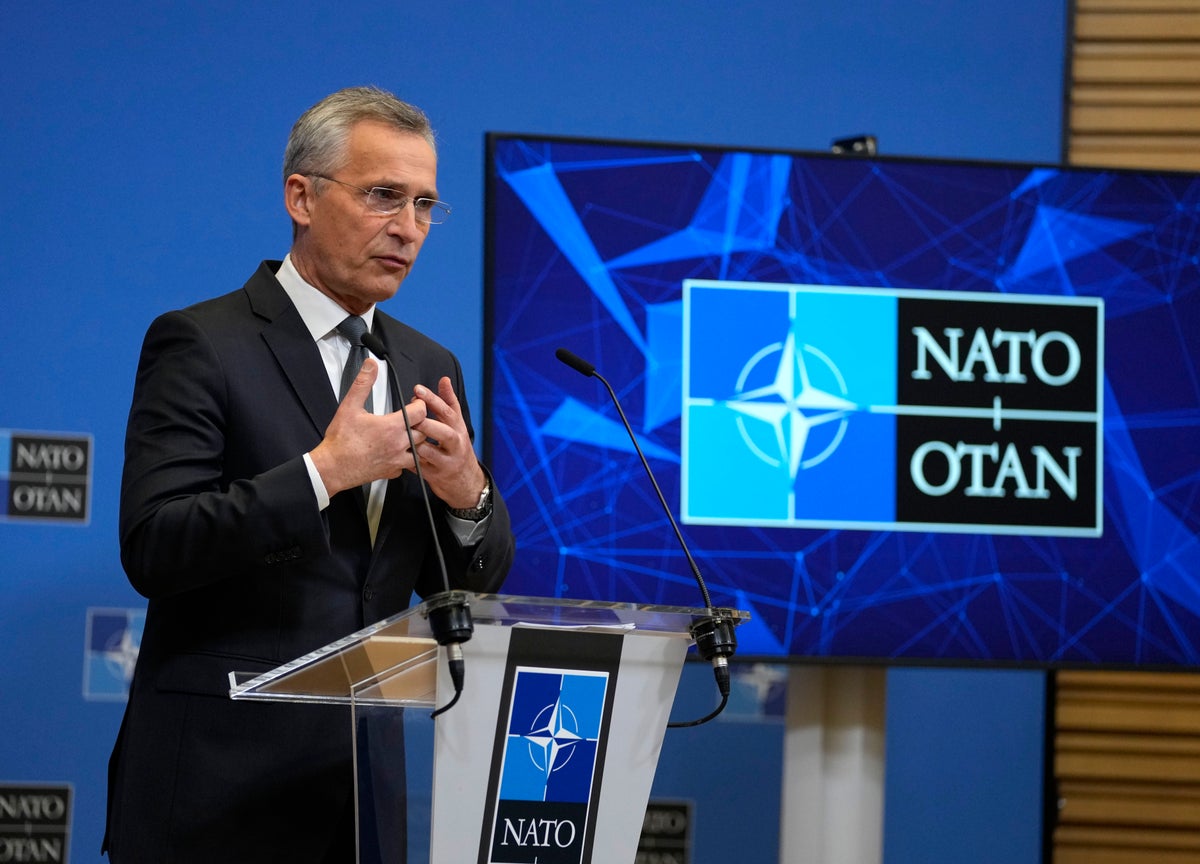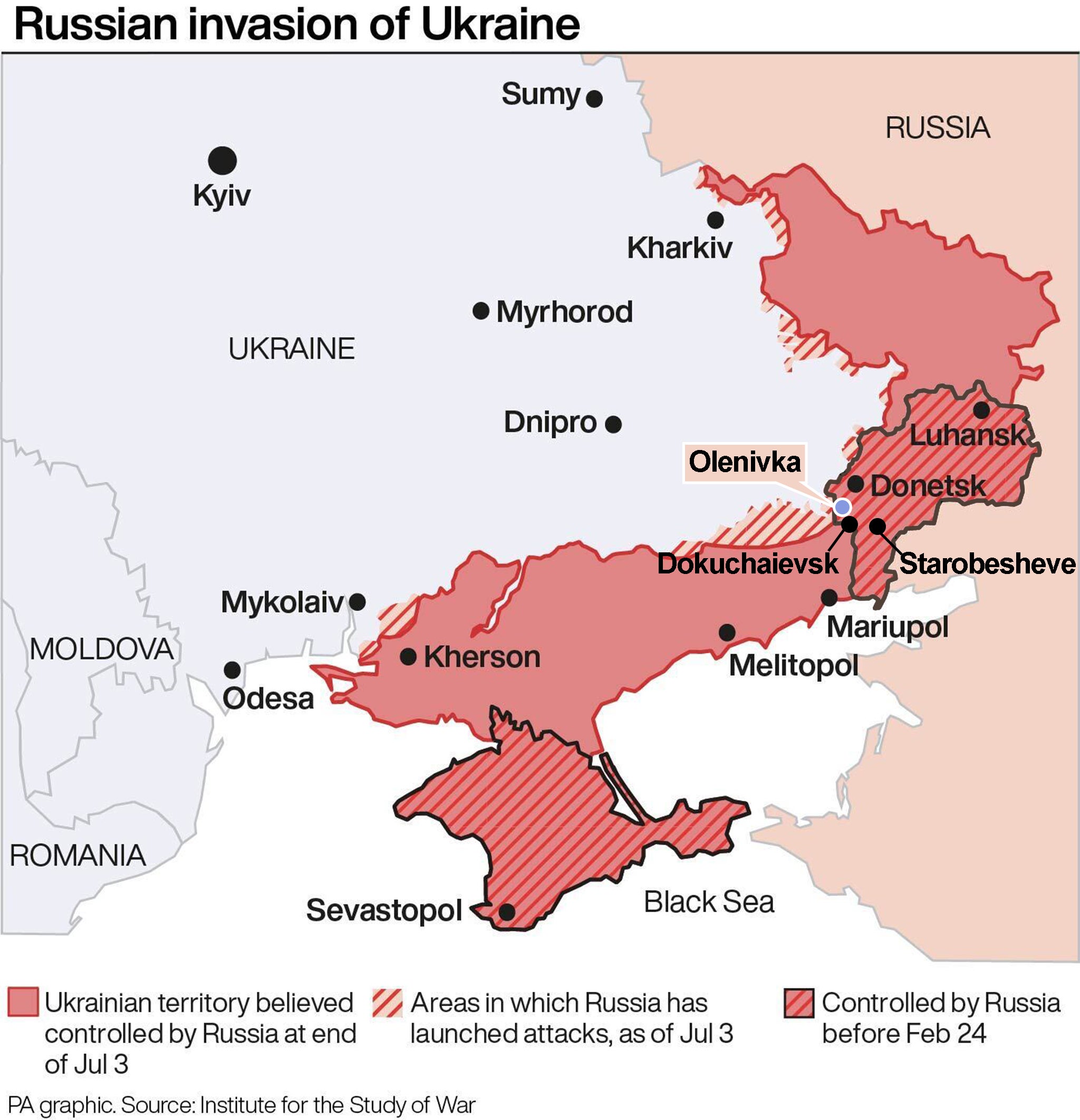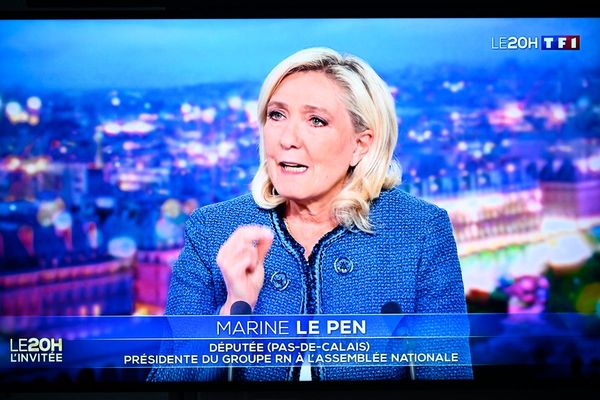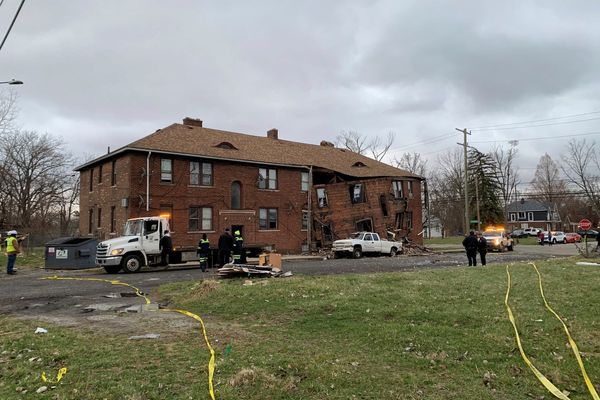
The North Atlantic Treaty Organisation (Nato) is a political and military alliance of North American and European countries forged in the aftermath of the Second World War in the hope of avoiding future bloodshed and hostilities between nations.
The organisation has its headquarters in Brussels, Belgium, and its current secretary general is Jens Stoltenberg.
Its 30 member states are obliged by the North Atlantic Treaty of 4 April 1949 to come to the aid of any fellow signatory in the event that they should come under attack by a foreign power.
In its own words: “Nato is committed to the peaceful resolution of disputes. If diplomatic efforts fail, it has the military power to undertake crisis-management operations.”
Originally born of the Treaty of Dunkirk signed by Britain and France on 4 March 1947, which was intended to prevent future military aggression from a revived Germany or the Soviet Union, the agreement was soon expanded to include Belgium, the Netherlands and Luxembourg and then the US, Canada, Portugal, Italy, Norway, Denmark and Iceland.
Holding firm throughout the Cold War, the alliance was given a new lease of life with the collapse of the USSR in 1989, gradually adding former Soviet satellites states to its ranks: first the Czech Republic, Hungary and Poland in 1999 and then Bulgaria, Estonia, Latvia, Lithuania, Romania, Slovakia and Slovenia in 2004.
The most recent addition to the alliance was North Macedonia in 2020.
Joining Nato gives smaller countries the assurance of military protection by the alliance as a whole, which is why the likes of Bosnia and Herzegovina, Georgia and, most urgently, Ukraine are seeking to join the collective and why Russian president Vladimir Putin is so opposed to the latter in particular being granted entrance.
Mr Putin has bitterly denounced Nato in the past, falsely alleging that assurances were given to former Kremlin leader Mikhail Gorbachev in the early 1990s that the alliance would not seek to extend its influence east of Germany, only for it to then break that so-called promise first in 1999 and then again in 2004.
Prior to his invasion of Ukraine on 24 February, Mr Putin had built up Russian military forces on the country’s border with its western neighbour in December 2021, countering western calls for him to stand down his troops with demands that Nato commit to denying Ukraine acceptance into its ranks and that the alliance cease and desist from its activities in eastern member states.
The Russian president insists that Russia and Ukraine are really one nation and appears to be seeking to reintegrate the country into what he considers to be the motherland, just as he annexed the Crimean Peninsula in 2014.
For its part, Ukraine wants the defensive protection of the alliance as part of Kyiv’s bid for recognition as a free western democracy, shielded from the malign influence of Moscow.
Without Ukraine being part of Nato, the alliance’s member states, including Britain and the US, are not obliged to commit troops or come to its aid militarily.

A number of British troops are, however, currently stationed in fellow signatory states Estonia and Poland as part of the organisation’s peacekeeping duties and the UK has carried out extensive military training with the Ukrainian armed forces since 2015 and has pledged to continue supplying Kyiv with weapons to counter Russian attacks during the present conflict.
Nato’s official position is that membership is open to “any other European state in a position to further the principles of the treaty and to contribute to the security of the North Atlantic area”.
The present concern for the alliance is that, if Russia succeeds in conquering Ukraine, it could continue its westward expansion and perhaps seize other outliers like Georgia and, indeed, set a precedent for other global superpowers to follow, perhaps emboldening China to take Taiwan, for instance.







